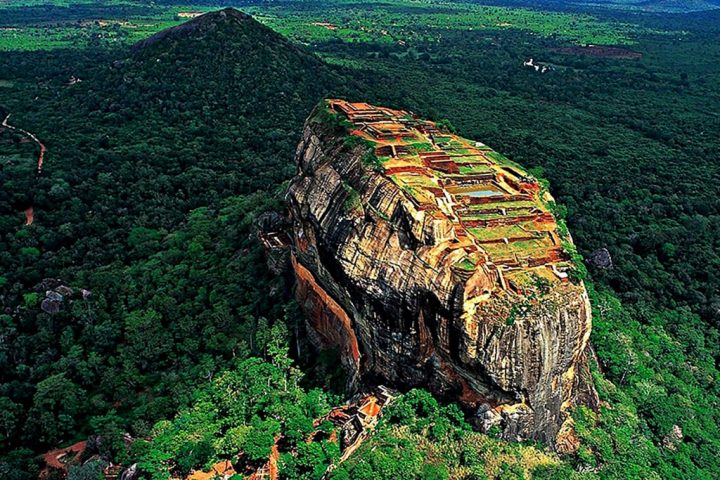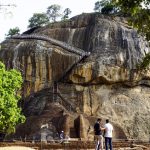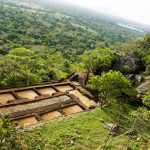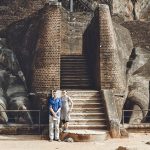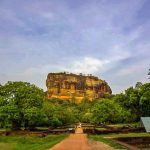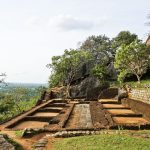Sigiriya in the Matale District is considered by many to be the most beautiful place in the
world. But the eighth wonder of the world, Sigiriya is one of the few World Heritage Sites in
Sri Lanka.
Sigiriya was founded by King Kashyapa I built in the 5th century. Declared a World Heritage
Site in 1982, Sigiriya the 5th century city of Sri Lanka can be described as a blend of
architecture, art, architecture, construction technology, landscape gardening and water
management. But archaeological evidence proves that Sigiriya had several periods before and
after the Kasyapa period.
The urban nature of Sigiriya is a place with a number of central surroundings, and the entire
outer moat (which has not yet been fully disclosed) was designed as a large corridor. The
landscape was designed amidst the lofty Sigiriya rock. The geometrically coherent city plan
extends 3km length from east to west and 1km width from North to South.
Sigiriya considered to be one of the most important urban planning sites at the 1st millennium. Sigiriya site contain the ruins of an upper palace located on the flat of top the rock, a mid-level terrace that include lion gate, and the mirror wall with it’s frescoes the lower palace located behind lavish gardens and moats and ramparts, that protected the citadel. Sigiriya is both palace & a fortress
The plan cobined concepts of symmetry and a symmetry to intentionally interlock the man made geometrical & natural forms of surrounding.
Gardens of sigiriya are one of the most important aspects. It’s among the oldest landscaped gardens in the world, water garden including sophisticated surface/subsurface hydraulic systems some are which working today. Cave & boulder gardens and Terrence gardens.
Mirror wall is a brick masonry and covered with highly polished white plaster. Now the wall is covered with verses scribbled by visitors, some of them dating from as early as the 8th century.
After crossing a path to the west of the Sigiriya rock, there is a stairway created
connecting the north and south of the rock. The outer slope is protected by a two
meter high wall. The surface of the wall is covered with a special limestone mixture
and polished. This wall is called the Mirror wall.
This mural wall is important to us because the Sigiriya rock songs were written on
this mound wall. From the 6th to the 14th century, about 1500 poems and names
written by ancient travellers in their own handwriting on the mural wall are still
preserved.
One of the most striking features of the Sigiriya is the amazing lion’s foot at the
bottom of the rock. Historical sources say that these brick feet belong to a lion.
Legends say that there was a large lion statue in the past. It is believed that the lion-
shaped form of the Sigiriya was called Sinhagiri in the early days. The lion’s
appearance is in the style of a charismatic lion king, who looks towards the sky and is
leaned towards North.
But is this really the image of a lion? There are many critics who question this. Most
of them say that this could be a bird’s foot. Later, in 1898, H.C.P. Bell, of Sigiriya,
thought that this was a lion’s foot.
All the archaeologists who succeeded him say that it was the lion’s foot, which they
asserted.
Near By
Dambulla

Pidurangala

